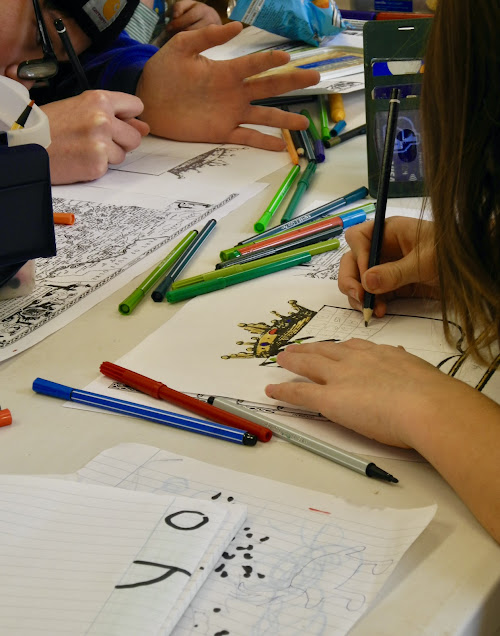Archaeological techniques learned at Fordham
When Colchester Young Archaeologists' Club visited Fordham, they found out the village had been occupied since the Stone Age. They learned that ring ditches had been identified from satellite images, many flints had been discovered, together with a plethora of artefacts from more recent centuries. They learned metal detecting techniques and discovered a considerable number of metal objects, considering what a small site it was. They were instructed in magnetometry to discover more about changes to the environment and occupation of the village. They solved some archaeological puzzles and identified some animal bones from a bag. One YAC brought in the c. 300,000-year-old fossil bison bone she discovered on East Mersea beach to show our host, the chairman of Colchester Archaeological Group. Coastal erosion from exceptionally high tides had dislodged the fossil from the cliffs and washed it on to the estuary mud. Archaeology in Fordham not only reveals continuous human occupation, but is rich in fossils as well. Below is a picture of the nuts, bolts and a buckle the metal detectors revealed, together with (on the left) a fossil sponge from the area, which has solidified into a chalk and flint nodule, and dates back to the cretaceous period c. 80,000,000 years.





Comments
Post a Comment